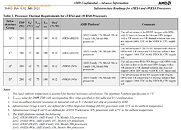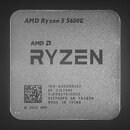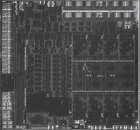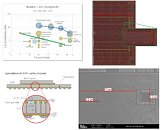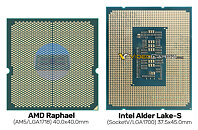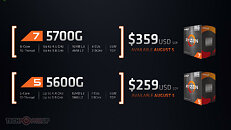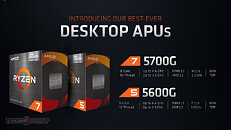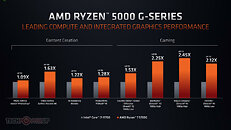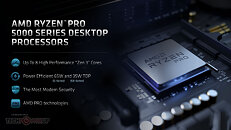
AMD Ryzen Threadripper PRO 5000 Series Bound for March 2022
AMD is preparing to update its Ryzen Threadripper PRO line of workstation processors, with product announcements slated for January 2022, along the sidelines of CES, with availability slated for March 8, 2022, according to a VideoCardz report. The new Ryzen Threadripper PRO 5000 series processors are likely to combine "Zen 3+" CCDs (6 nm, featuring 3D Vertical Cache memory), with full sWRX8 I/O that includes 128 PCI-Express Gen 4 lanes, and 8-channel DDR4 memory. There are no sTRX4 options on the horizon.
What's interesting with the lineup is that CPU core-counts range all the way from 12-core/24-thread to 64-core/128-thread. Past generations of Threadripper WX stuck with higher core-counts (32 and up). The series begins with the Threadripper PRO 5945WX (12-core/24-thread), followed by the PRO 5955WX (16-core/32-thread), the PRO 5965WX (24-core/48-thread), PRO 5975WX (32-core/64-thread), and the 64-core/128-thread PRO 5995WX. There's no 48-core part in the stack. The TDP of all these chips is rated at 280 W.
What's interesting with the lineup is that CPU core-counts range all the way from 12-core/24-thread to 64-core/128-thread. Past generations of Threadripper WX stuck with higher core-counts (32 and up). The series begins with the Threadripper PRO 5945WX (12-core/24-thread), followed by the PRO 5955WX (16-core/32-thread), the PRO 5965WX (24-core/48-thread), PRO 5975WX (32-core/64-thread), and the 64-core/128-thread PRO 5995WX. There's no 48-core part in the stack. The TDP of all these chips is rated at 280 W.


















